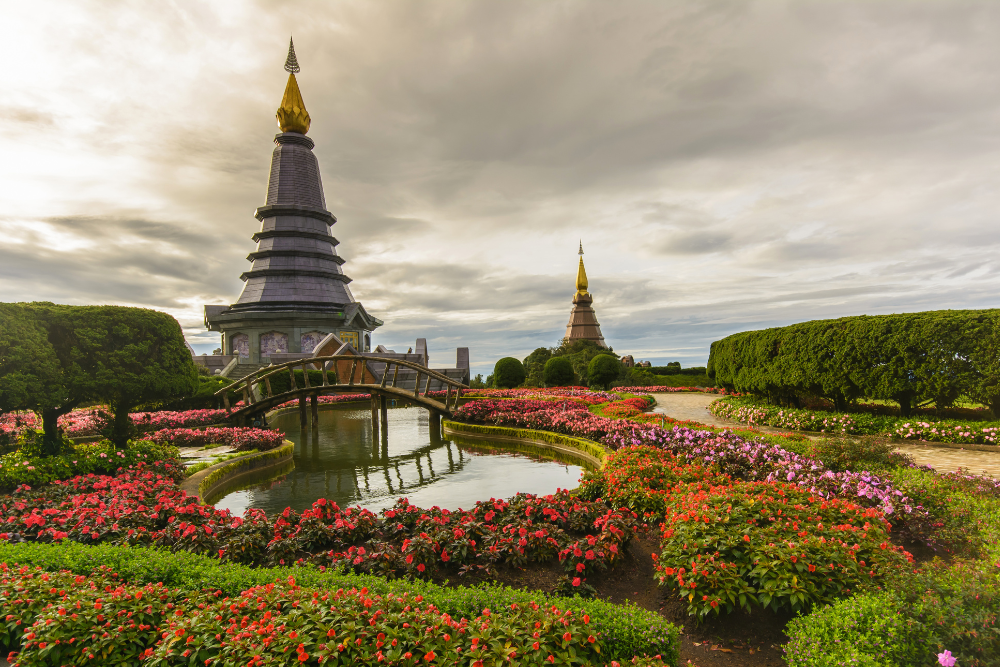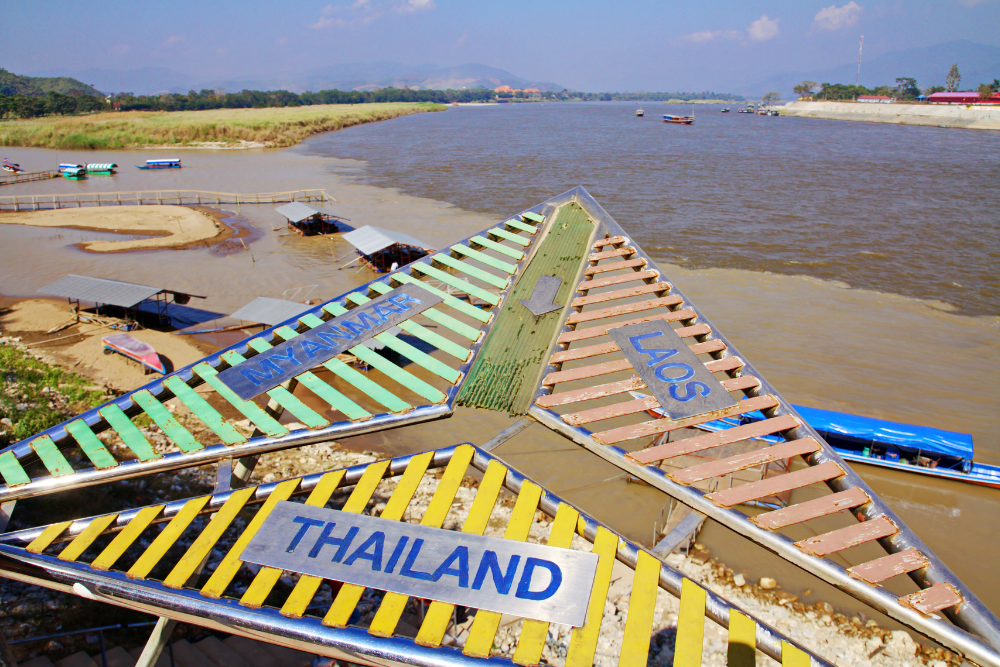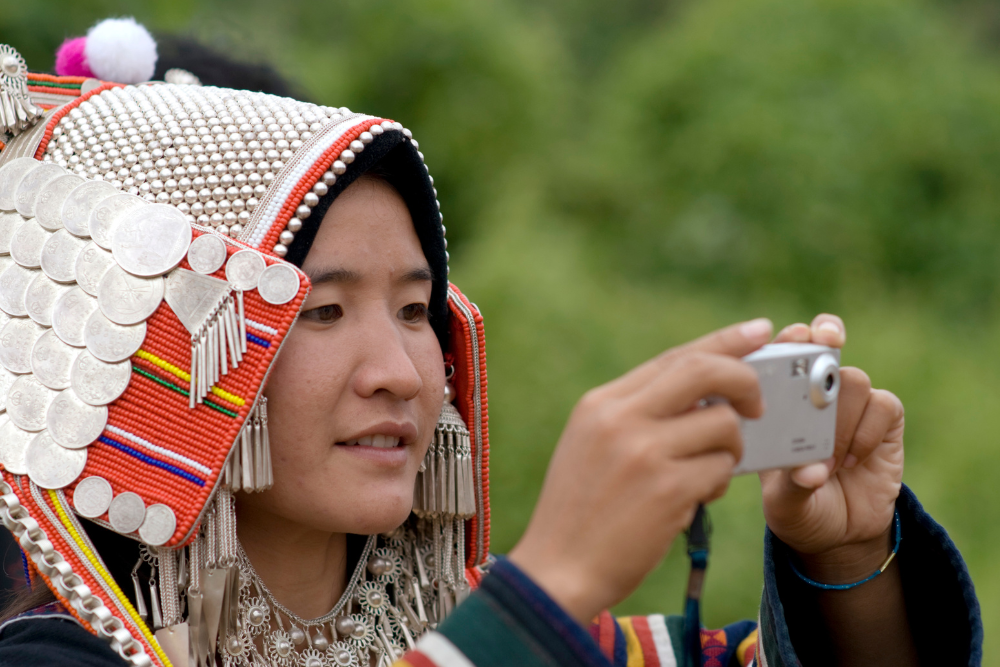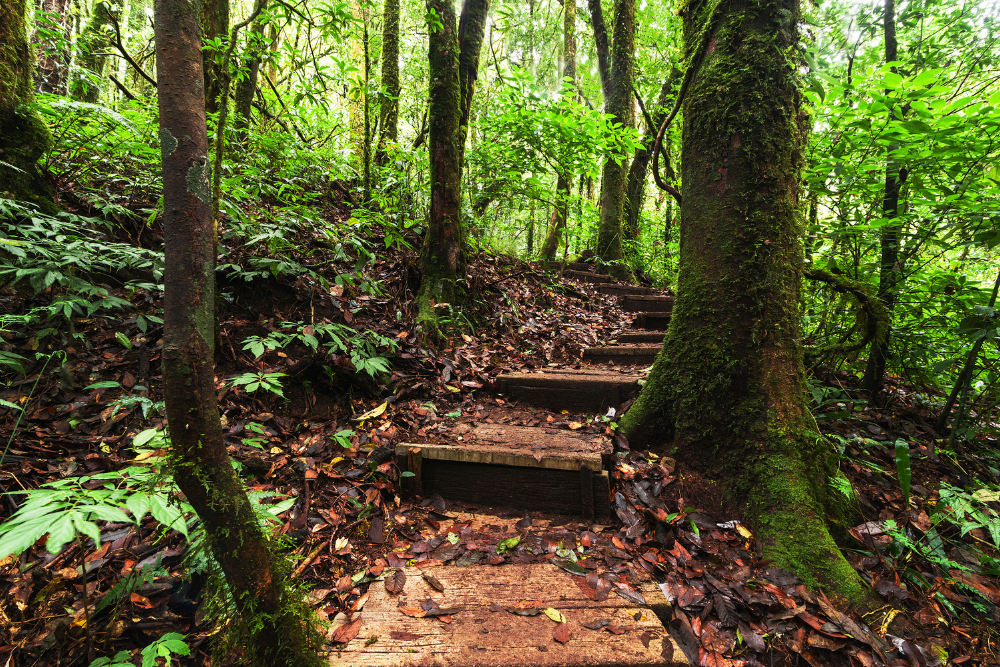Thailand is renowned for its stunning landscapes, rich biodiversity, and vibrant cultures, making it a paradise for trekking enthusiasts. With mountains, lush forests, and breathtaking vistas, the country offers a variety of trails suitable for all skill levels. However, choosing the best time to trek in Thailand can significantly enhance your experience. In this blog, we will explore the best seasons for trekking, highlight some of the most popular trails, and provide tips for trekkers of all abilities.

Understanding Thailand’s Climate
Thailand experiences three main seasons:
- Hot Season (March to May): Temperatures can soar above 35°C (95°F), making trekking challenging, especially in lowland areas.
- Rainy Season (June to October): Characterized by heavy rainfall and humidity, the trails can become muddy and treacherous, although the landscapes are lush and vibrant.
- Cool Season (November to February): This is considered the best time for trekking. Temperatures are milder, ranging from 15°C to 25°C (59°F to 77°F), making it comfortable for long hikes.
Understanding these seasons will help you plan your trekking adventure in Thailand effectively.
Best Time to Trek
Cool Season (November to February)
- Ideal Conditions: The cool season is the peak trekking period in Thailand. With comfortable temperatures and relatively low humidity, it’s perfect for long hikes. The clear skies and stunning views make for an unforgettable trekking experience.
- Festivals and Culture: This period also coincides with various local festivals, allowing trekkers to experience authentic Thai culture. Festivals like Loy Krathong and Yi Peng often take place during this time, adding a festive atmosphere to your trek.
Hot Season (March to May)
- Less Crowded: If you prefer a quieter experience, trekking during the hot season can be a good option. Popular trails are less crowded, allowing for a more intimate connection with nature.
- Shorter Treks: Consider opting for shorter treks or starting early in the morning to avoid the midday heat. Areas with higher elevations, such as northern Thailand, are generally cooler and can be more manageable during this season.
Rainy Season (June to October)
- Lush Landscapes: While trekking during the rainy season can be challenging, it offers a unique experience. The rain transforms the landscape into a vibrant green paradise, making for breathtaking scenery.
- Off-Peak Adventure: Trekkers who don’t mind the rain will find fewer crowds and often lower prices on accommodations and tours. Just be prepared for muddy trails and possible cancellations of certain activities.

Top Trekking Trails for Every Skill Level
1. Chiang Mai: Doi Inthanon National Park
Skill Level: Beginner to Intermediate
- Overview: Doi Inthanon, the highest peak in Thailand, offers stunning trails suitable for all levels. The park features diverse ecosystems, waterfalls, and viewpoints.
- Highlights: The summit trail is relatively easy, while more challenging routes lead through dense forests to hidden waterfalls. Visit the twin pagodas for panoramic views.
- Best Time: November to February for pleasant weather and clear skies.
2. Pai: Pai Canyon and Surrounding Areas
Skill Level: Beginner
- Overview: Pai is known for its laid-back atmosphere and stunning natural beauty. The Pai Canyon trek is a relatively easy hike with breathtaking views.
- Highlights: Enjoy the unique rock formations and enjoy the sunset from one of the canyon viewpoints. Additional trails around Pai lead to hot springs and waterfalls.
- Best Time: November to February, with cooler temperatures perfect for leisurely hikes.
3. Chiang Rai: The Golden Triangle
Skill Level: Intermediate
- Overview: The Golden Triangle region offers a mix of cultural experiences and trekking opportunities. The trails lead through scenic countryside and hill tribe villages.
- Highlights: Explore tea plantations, visit local markets, and engage with the ethnic communities in the area. The trails vary in difficulty, making it suitable for intermediate trekkers.
- Best Time: November to February for comfortable trekking conditions.

4. Khao Sok National Park
Skill Level: Intermediate to Advanced
- Overview: Khao Sok is one of Thailand’s most beautiful national parks, featuring ancient rainforests, limestone cliffs, and diverse wildlife.
- Highlights: The multi-day treks through the jungle offer opportunities to spot elephants, gibbons, and various bird species. Night treks are available for those seeking a unique adventure.
- Best Time: November to March, avoiding the peak rainy season.

5. Northern Thailand: The Lahu and Akha Hill Tribe Treks
Skill Level: Intermediate to Advanced
- Overview: These treks take you through remote hill tribe villages, offering insight into the local culture and traditions. The trails are often steep and challenging, ideal for experienced trekkers.
- Highlights: Interact with local communities, learn about their way of life, and enjoy stunning views of the surrounding mountains.
- Best Time: November to February for the best trekking conditions.

6. Southern Thailand: The Phuket and Krabi Trails
Skill Level: Beginner to Intermediate
- Overview: Southern Thailand offers beautiful coastal treks that allow you to explore stunning beaches, limestone cliffs, and lush jungles.
- Highlights: The trails around Phang Nga Bay and Railay Beach are popular among trekkers, featuring breathtaking views and opportunities for rock climbing.
- Best Time: November to March for dry weather, though some trails remain accessible during the rainy season.
Tips for a Successful Trekking Experience
1. Prepare Physically
Regardless of your skill level, preparing physically for a trek is essential. Engage in regular cardio exercises, strength training, and flexibility workouts to ensure you are fit for the trails.
2. Choose the Right Gear
Invest in good-quality trekking gear, including sturdy hiking boots, moisture-wicking clothing, a reliable backpack, and essential safety equipment like a first-aid kit and a map. A lightweight rain jacket is also advisable, especially during the rainy season.
3. Stay Hydrated and Nourished
Always carry enough water and snacks to keep your energy levels up during your trek. Local markets often offer fresh fruits and snacks that are both nutritious and delicious.
4. Respect the Environment
Practice Leave No Trace principles while trekking. Avoid littering, stay on marked trails, and respect local wildlife. Engaging in responsible trekking helps preserve the beauty of Thailand’s natural landscapes for future generations.
5. Engage with Local Guides
Hiring a local guide can enhance your trekking experience. They provide valuable insights into the local culture, flora, and fauna while ensuring your safety on the trails.
6. Embrace Cultural Experiences
Take the opportunity to engage with local communities along your trekking route. Whether it’s sharing a meal with a hill tribe family or learning about their traditions, these experiences can enrich your journey.

Conclusion
Trekking in Thailand is an adventure that offers stunning landscapes, cultural immersion, and a chance to connect with nature. By choosing the right time to trek and selecting trails that match your skill level, you can ensure a rewarding and memorable experience. Whether you are exploring the misty mountains of the north or the serene beaches of the south, Thailand’s diverse trekking routes provide something for everyone. So lace up your hiking boots, pack your backpack, and set off on a journey that promises not just adventure, but also a deeper appreciation for the beauty and culture of this incredible country. Happy trekking!












